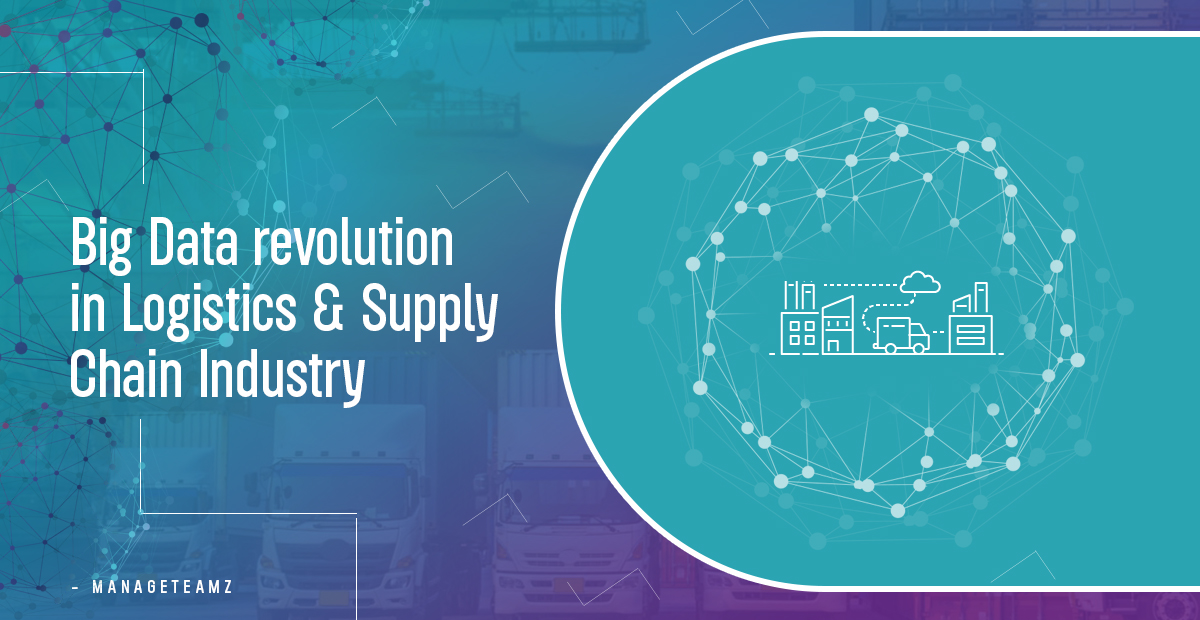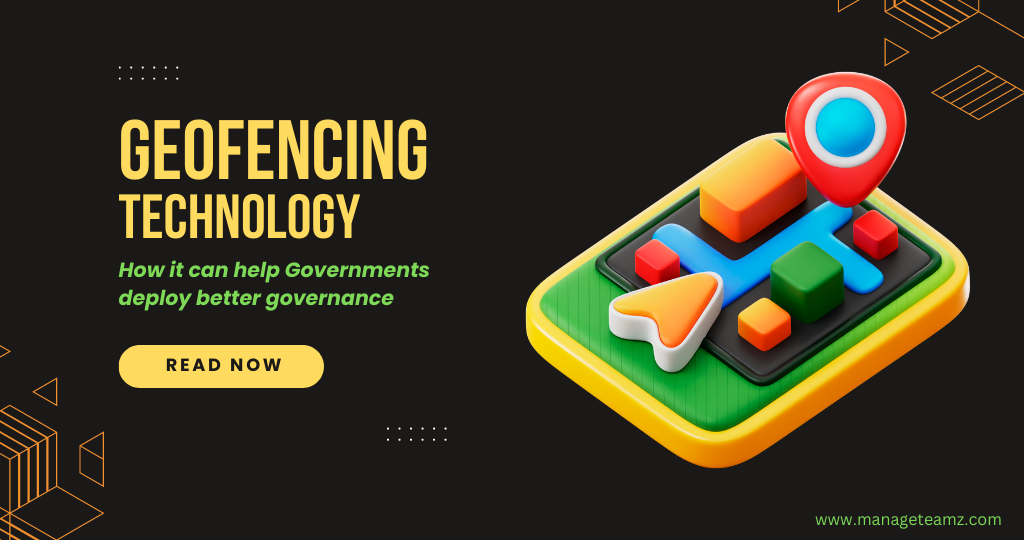Big Data is one of the trendiest topics in the logistics and supply chain industry right now, alongside artificial intelligence, machine learning, and automation. It’s the new kid at school, the latest trend in the world, and the cutting-edge technology that everyone is talking about – and everyone wants to be a part of it. Many companies are embracing Big Data for a variety of reasons in order to obtain a competitive edge.
Logistics software management using Big Data helps to save money, enhance efficiency, and make better decisions. The digital version of Logistics & Supply Chain examines companies that have used Big Data in their operations in more depth. Big data is offering supplier networks more data accuracy, clarity, and insights, leading to more contextual knowledge being shared throughout supply chains.
In operations, big data analytics resulted in a 2.6x boost in supply chain efficiency of 10% or more. Logistics and supply chain visibility refers to the capacity to see many layers of suppliers deep inside a supply network. Monitoring financial results of supply chain operations back to financial targets is possible and extremely successful in organizations with regular inventory rotations, thanks to big data analytics linkage to financial systems.
A glimpse of Big Data:
Big data is defined as massive or complicated amounts of data that often span more than an exabyte in size. In terms of storing, maintaining, overseeing, decoding, and presenting data, it beats traditional systems. As the scholarly world and professionals believe that this surge of data presents new opportunities, many organizations sought to establish and improve their big data analytics capabilities (BDA) in order to expose and acquire a higher and deeper understanding of their big data values.
Logistics and supply chain businesses can improve their understanding of their consumers’ needs, provide suitable services to match those expectations, enhance sales and profits, and grow into new sectors through developing BDA. They include a wide range of data from a variety of sources. They might be structured, semi-structured, or fully structured. This is made feasible by today’s huge data processing power, which is more affordable than ever.
Supply Chain Analytics:
 A multitude of firms makes up the supply chain- from raw material suppliers through producers, distributors, retailers, consumers, and end users. In addition to physical processes including the transfer of commodities and things, the supply chain encompasses information and financial activities. Supply chain analytics is the process of collecting hidden useful insights from a supply chain utilizing BDA approaches.
A multitude of firms makes up the supply chain- from raw material suppliers through producers, distributors, retailers, consumers, and end users. In addition to physical processes including the transfer of commodities and things, the supply chain encompasses information and financial activities. Supply chain analytics is the process of collecting hidden useful insights from a supply chain utilizing BDA approaches.
Descriptive, predictive, and prescriptive analytics streamlines various aspects of the supply chain operations. The cost of sourcing, shipping, storage, stock out, and disposal may all be reduced swiftly with well-planned and implemented actions. When applied to supply chain management concerns, BDA approaches have a positive and significant influence on supply chain performance. The requirement of implementing BDA techniques in SCM in today’s competitive marketplaces is so strong that businesses will be unable to compete without them.
Key factors of using Big Data Analytics in Supply Chains:
- A rise in the amount of data that may be accessed in supply chain networks.
- The cost of data storage has dropped in comparison to previous years.
- The usage of advanced technologies can help speed up data analysis.
- Mobile data access on the go.
- Powerful tools that make data management easier.
- Enormous ways for presenting a vast quantity of info graphically.
Future of Big Data in Logistics:
Since the 1980s, most businesses have been reducing resource consumption and outsourcing non-specialized operations like logistics processing. Both the manufacturing and service industries increasingly rely heavily on logistics. Many multinational enterprises have delegated their logistical operations to third-party logistics companies, whom they see as key partners. Several research initiatives in the transportation and logistics industries have been formed that make use of data provided by road sensors, GPS devices, and customer websites.
Logistics providers are in charge of a big volume of product flow and have access to a lot of information. Any measurable product flow parameter, such as origin, destination, size, weight, price, load content, and so on, may be used to produce value using data. New potential in logistics and supply chain automation have emerged as a result of improved GPS efficiency, sensor network applications, and Internet of Things advancements.
In the logistics sector, forecasting, transportation, inventory management, and human resource planning and management are all critical business activities. They’re improved by using big data analytics and business intelligence to lower the cost of analysis for a courier company’s sorting and logistics operations. Additional applications that may be employed include forecasting delivery times, monitoring customer contacts, producing real-time scheduling, and managing supplier connections.
Logistics Management Software development using BDA:
The biggest challenge lies in the creation of adaptable logistics management software development that ensures these apps adhere to the preferences of their users. Designers and developers require tools and technology to forecast and measure consumer preferences and expectations as they evolve throughout the course of a product’s life cycle. Customer behavior, product creation, and manufacturing processes all create large amounts of data, which are referred to as big data.
Collecting, managing, and using innovative analytical approaches to acquire insights and usable information, then applying it to choices, can help minimize uncertainty. Product-driven supply chain design delivers a competitive advantage and flexibility. Recent breakthroughs in data analytics and the application of data analytics technology have established a new path for generating data for courier delivery tracking software enhancement and goal achievement.
The delivery business is now booming in the industry and has raised ROI for clients in a short period of time. Geo-fencing, auto-allocation, report & analytics, route optimization, order tracking, and customer feedback are among the product’s appealing features. Many consumers are looking for easy and adaptable internet shopping options to meet their basic needs. ManageTeamz is a well-known delivery monitoring software in the world that allows customers to customize the product to meet their own business needs, making it easier to connect with drivers, customers, and merchants.
Managing risk and fostering flexibility:
According to a recent study, 61% of major supply chain management companies consider the risk to be extremely important. As a result of increased geo-analytics, traceability has improved. Even if any company is listed in one of the 83 % that hasn’t used big data analytics for supply chain management, it’s better to be aware that understanding big data analytics will be a critical enabler for supply chain and procurement professionals in the next few years.
Thanks to all of the data acquired from supply routes, successful deliveries, and reported issues, those in charge of supply chains now have data to recognize potential problems before they happen and to proactively address any kinks in their distribution system. This also highlights the adaptability of the current supply chain. To account for difficulties that develop after the delivery process has begun, routes can be altered based on this new knowledge.
Summing Up:
New technology, such as Big Data, is undeniably altering the way organizations operate. Since digitalization is prevalent across the supply chain industry and beyond, it’s vital to use the most up-to-date technology and practices. Big Data is helping logistics and supply chain organizations to make better decisions and keep up with the newest consumer trends, ensuring they don’t fall behind. As the world changes according to new trends, the usage of big data and analytics will become increasingly frequent. Get in touch with the globally recognized big data analytics company to avail of cost-effective logistics management software solutions now that the digital transformation era has arrived.
Like what you’re reading?
Get on a free consultative call with our team of industry experts to explore the possibilities on the subject.








